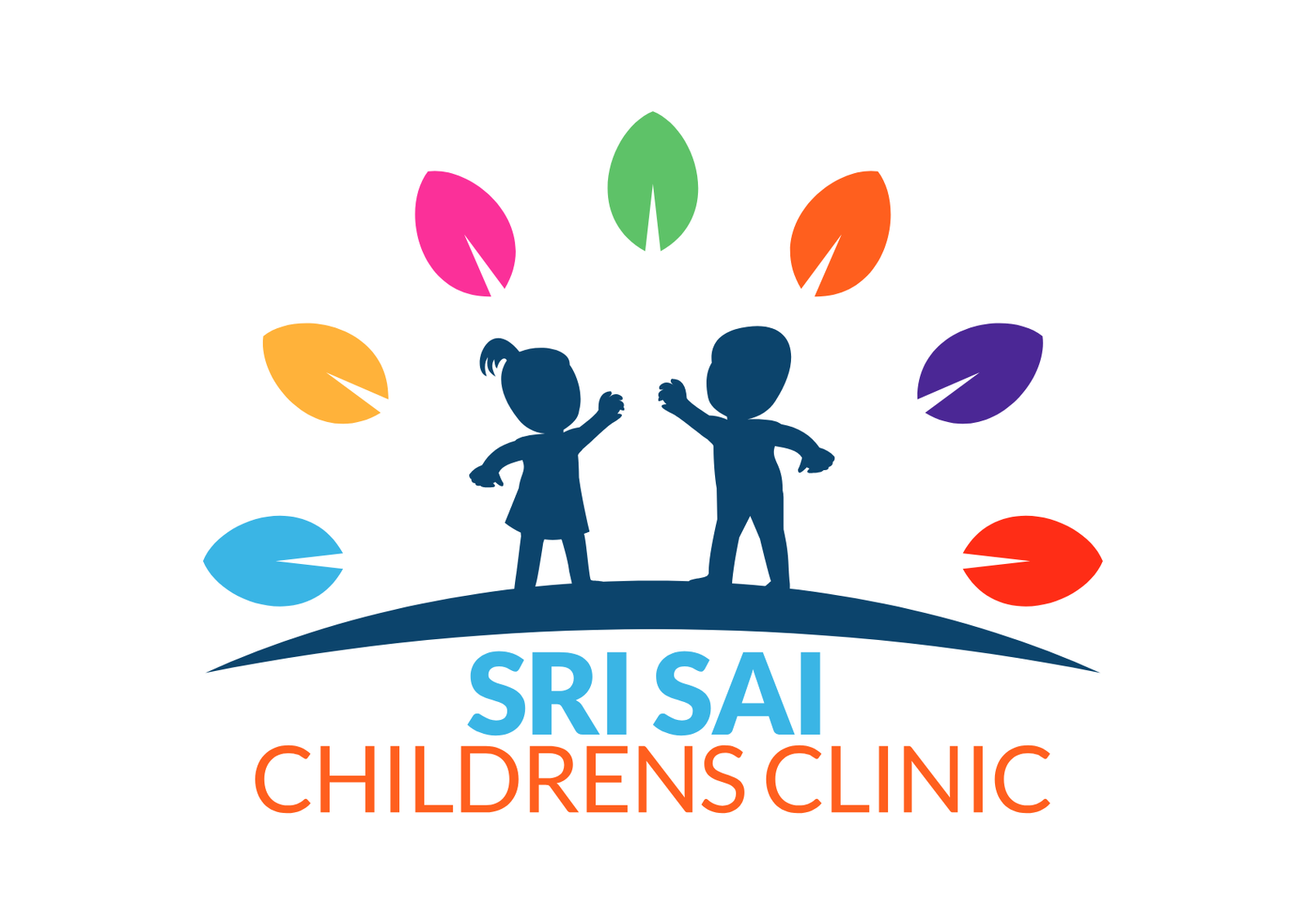Common Symptoms of Allergy

Allergies occur when your immune system reacts to a harmless substance (like dust, pollen, food, or pet dander) as if it’s dangerous. The symptoms can vary based on the type of allergen and how it enters your body (inhaled, eaten, or touched).
most common allergy symptoms:
1. Sneezing and Runny Nose
- Frequent sneezing, often in bursts
- Clear, watery nasal discharge
- Nasal congestion or stuffiness
2. Itchy, Watery Eyes
- Red, itchy, and swollen eyes
- Sensitivity to light
3. Skin Reactions
- Itchy skin or rashes (like hives)
- Redness or swelling
- Eczema flare-ups
4. Breathing Issues
- Coughing
- Wheezing or shortness of breath
- Chest tightness (can be serious in asthma or severe allergies)
5. Digestive Symptoms (Food Allergies)
- Stomach pain or cramps
- Nausea, vomiting
- Diarrhea
6. Severe Reactions (Anaphylaxis)
- Swelling of the lips, tongue, or throat
- Difficulty breathing
- Rapid pulse or drop in blood pressure
- Dizziness or fainting
While some allergies are seasonal and mild, others can be persistent or even life-threatening. Recognizing the symptoms early can help you manage them effectively and avoid complications.
1. Respiratory Symptoms: When Breathing Gets Difficult
One of the most common signs of an allergy is trouble with your breathing. This includes sneezing, a runny or stuffy nose, coughing, and postnasal drip. These symptoms often occur due to airborne allergens such as pollen, dust mites, mold, or pet dander. People with allergic asthma may also experience wheezing, chest tightness, and shortness of breath when exposed to triggers.
2. Skin-Related Reactions: Itching, Rashes, and Redness
The skin is one of the first places where allergy symptoms can appear. Rashes, redness, itching, or swelling can happen after coming into contact with allergens like certain plants, soaps, metals, or foods. Common skin-related allergies include eczema, hives (urticaria), and contact dermatitis. These symptoms may range from mild irritation to intense discomfort, affecting daily life.
3. Eye and Ear Symptoms: Irritation and Itchiness
Itchy, watery, or red eyes are classic signs of an allergic reaction, especially during seasonal allergies or exposure to dust and pet dander. Some people may also experience ear pressure or itching inside the ears. Though these symptoms are usually not dangerous, they can be very uncomfortable and disrupt your ability to focus and function normally.
4. Digestive Symptoms: Food Allergies and Stomach Troubles
Food allergies often show up in the digestive system. Symptoms include stomach pain, bloating, nausea, vomiting, and diarrhea. These reactions can be triggered by foods like milk, nuts, eggs, shellfish, or wheat. In severe cases, a person may develop anaphylaxis—a life-threatening condition that requires immediate medical attention.
Conclusion
Allergy symptoms can affect various parts of the body and range from mild to severe. Whether it’s sneezing during pollen season, a skin rash after using a new lotion, or stomach pain after eating a particular food, it’s important to listen to your body. If you notice recurring symptoms, consult a general physician or allergist to identify your triggers and develop a treatment plan. Early diagnosis and prevention can go a long way in improving your quality of life.
Final Tip:
If you regularly notice these symptoms—especially in certain seasons, environments, or after eating specific foods—it’s important to consult a physician or allergist for testing and treatment.

